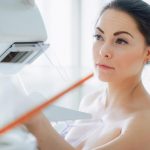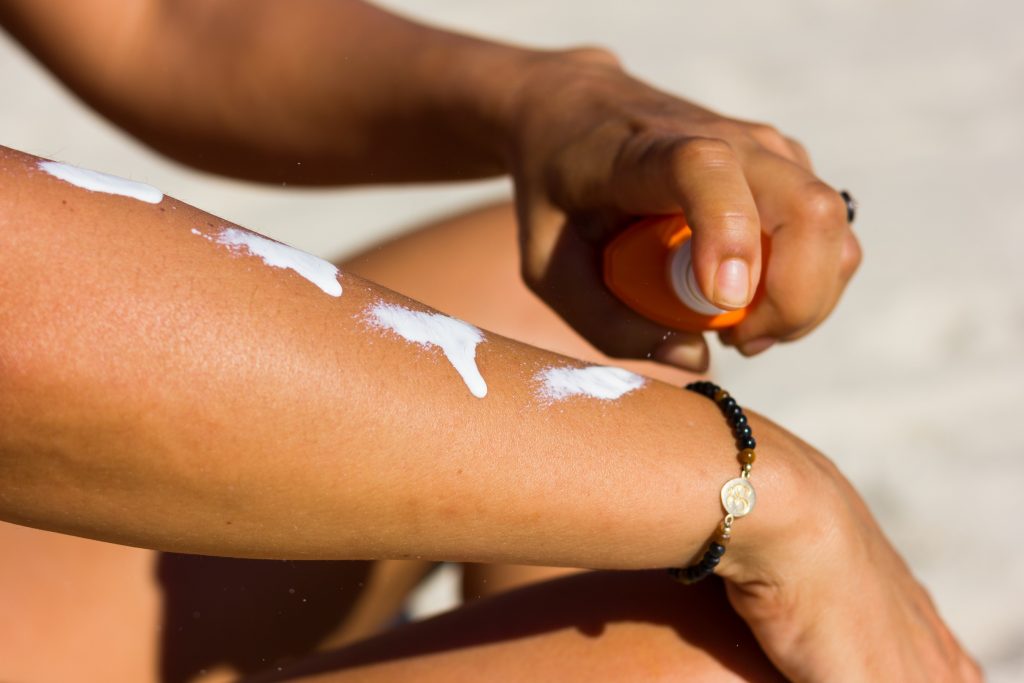Q: Hello. I’m having a mastectomy of left breast and was wondering if you know where I might find a mastectomy fitter here in North Carolina. If not, do you have a suggestion of where I can buy the right bra for me that fits my new body well with only one breast?
Thank you.
A: Hi and thanks for your inquiry we would be happy to help.
After some research it seems as though there is a Nordstrom in Charlotte, North Carolina.
We advise you get a prescription from one of your physicians and they can fit you for a mastectomy bra and an insert. The bocusa.org website has a great list of facilities with a certified mastectomy fitter on staff.
If you have insurance, they might have a preferred mastectomy bra fitter that they would like you to go to. They will know exactly what you need. Hope that helps! Please let us know if there are any other questions we can answer for you.
–Gail Lanter











